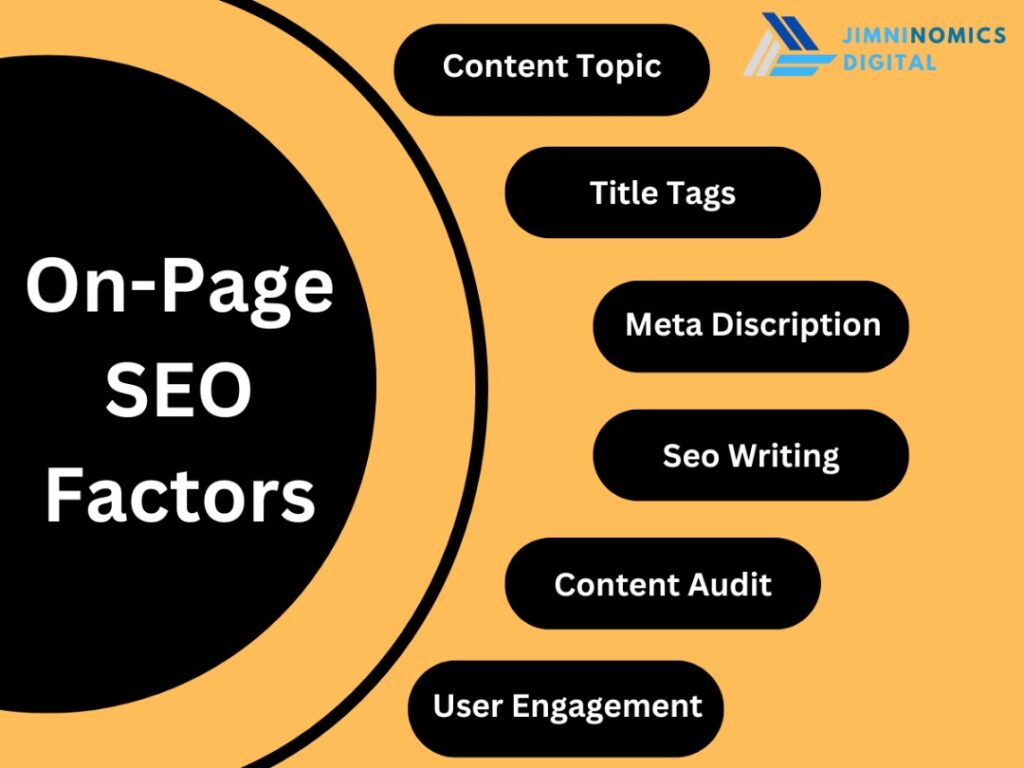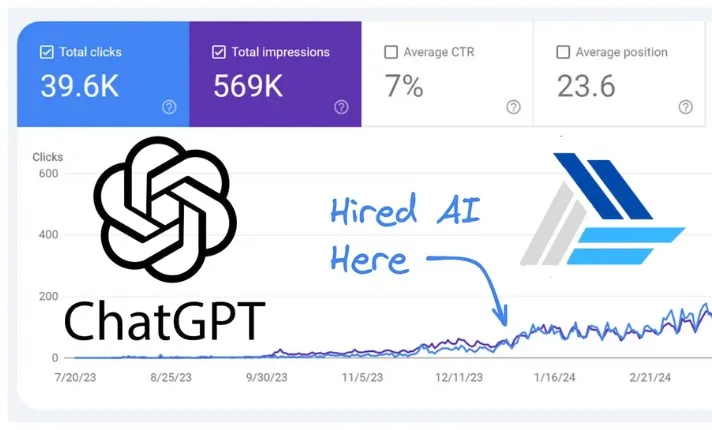Understanding Syntax Highlighting
At its core, syntax highlighting consists of two main components: tokenization and theming.
Tokenization
Tokenization refers to the process of breaking down text into distinct segments, each identified by a specific token type. Visual Studio Code's tokenization engine leverages TextMate grammars, which are structured sets of regular expressions written in plist (XML) or JSON format. Extensions can enhance grammars through contributions, allowing for flexible and powerful syntax highlighting.
Theming
Themes in Visual Studio Code apply specific colors and styles to tokens based on user settings or predefined themes. To explore the different tokens in your source file and their associated theme rules, utilize the scope inspector tool. It allows you to see both semantic and syntax tokens while using built-in themes like Dark+.
Tokenization Engine
Starting from release 1.43, Visual Studio Code supports extensions that provide tokenization through a Semantic Token Provider. This allows for a deeper understanding of the source file, enabling features like constant variable highlighting across the entire project, rather than just at the declaration point.
TextMate Grammars
TextMate grammars serve as the foundational syntax tokenization engine for VS Code. Originally developed for the TextMate editor, these grammars have been widely adopted due to the vast array of language bundles maintained by the open-source community. They rely on Oniguruma regular expressions and can be examined further through available resources.
Scope and Tokens
Tokens represent characters within a program element, such as operators (+, *) or variable names (myVar). Each token is linked to a scope that defines its context. For example, the scope for the + operator in JavaScript is denoted as keyword.operator.arithmetic.js. Themes can then map these scopes to appropriate colors, enhancing the coding experience.
Creating and Contributing Grammars
To contribute a basic grammar, developers must specify the language identifier, top-level scope name, and the path to the grammar file in the package.json configuration. For instance, a simple grammar contribution for a fictional language can be set up as shown:
{"contributes": {"languages": [{"id": "abc","extensions": [".abc"]}],"grammars": [{"language": "abc","scopeName": "source.abc","path": "./syntaxes/abc.tmGrammar.json"}]}}Developing Injection Grammars
Injection grammars allow for the extension of existing grammars by adding specific highlighting features, such as recognizing TODO comments in JavaScript. This capability enhances code documentation and readability.
Conclusion
Utilizing syntax highlighting through tools like the one offered by Jimni Nomics can greatly improve code clarity and organization. By understanding tokenization, theming, and grammar contributions, developers can create a visually appealing and functional coding environment.


 By: Jimni Nomics
By: Jimni Nomics

